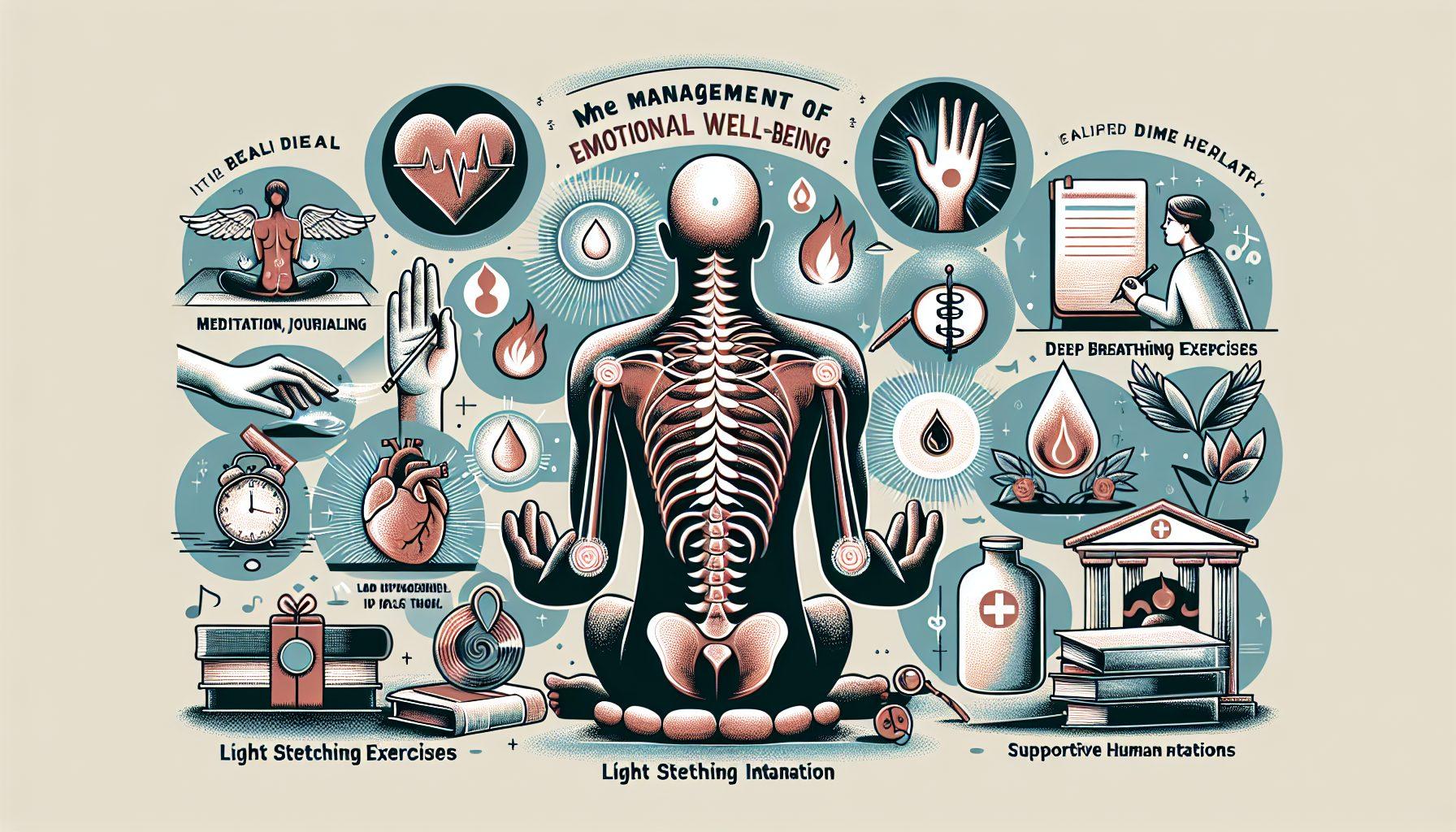Living with back pain can be a challenging experience, both physically and emotionally. The constant discomfort and limitations imposed by back pain not only affect our daily activities but also our emotional well-being. It’s essential to find ways to manage and cope with the emotional aspects of back pain to maintain a balanced and healthy lifestyle.
The Impact of Back Pain on Emotional Well-Being
Chronic back pain can have a profound effect on our emotional well-being. When we are in pain, it’s natural to feel frustrated, irritable, and even depressed. The physical limitations caused by back pain, such as difficulty in moving or performing regular tasks, can also lead to feelings of helplessness and loss of independence.
Moreover, the constant pain can take a toll on our mental health, making it challenging to focus, concentrate, and engage in our daily activities. This can further contribute to feelings of stress, anxiety, and even isolation.
It’s crucial to understand that emotional and physical well-being are closely interconnected. When we experience chronic pain, our body releases stress hormones that can exacerbate our emotional state. On the other hand, emotional distress can trigger muscles tension, leading to increased pain and discomfort.
Strategies for Managing Emotional Well-Being with Back Pain
While it may not be possible to eliminate back pain entirely, there are strategies that can help manage and improve emotional well-being in the face of chronic pain. Here are some effective techniques:
- Stay Positive: Maintaining a positive mindset despite the challenges of back pain can have a significant impact on emotional well-being. Focus on gratitude and seek out positive aspects of your life. Surround yourself with supportive and understanding individuals who can provide encouragement and empathy.
- Practice Relaxation Techniques: Engaging in relaxation techniques such as deep breathing exercises, meditation, or yoga can help reduce stress and promote a sense of calmness. These practices can relax tense muscles and contribute to overall emotional well-being.
- Seek Emotional Support: Don’t be afraid to reach out to friends, family, or support groups for emotional support. Talking about your feelings and experiences can provide relief and help you feel understood and less alone. Professional therapy or counseling can also be beneficial in managing the emotional impact of chronic pain.
- Stay Active: Engaging in regular physical activity might seem counterintuitive when experiencing back pain, but staying active can actually help manage both the physical and emotional aspects of pain. Consult with a healthcare professional or a physical therapist to find appropriate exercises that can improve strength, flexibility, and overall well-being.
- Practice Stress Management: Explore stress management techniques such as deep breathing exercises, progressive muscle relaxation, or engaging in hobbies and activities that bring joy and relaxation. Managing stress effectively can alleviate emotional distress and reduce the impact of pain.
Additionally, seeking appropriate medical care for your back pain is essential. Consult a healthcare professional who specializes in back pain treatment, such as Eastside Ideal Health. They can provide a tailored treatment plan that addresses both the physical and emotional aspects of your pain.
Remember, everyone’s journey with back pain is unique, and it’s essential to find strategies and techniques that work best for you. By taking proactive steps to manage your emotional well-being, you can lead a fulfilling and balanced life, even with back pain.

